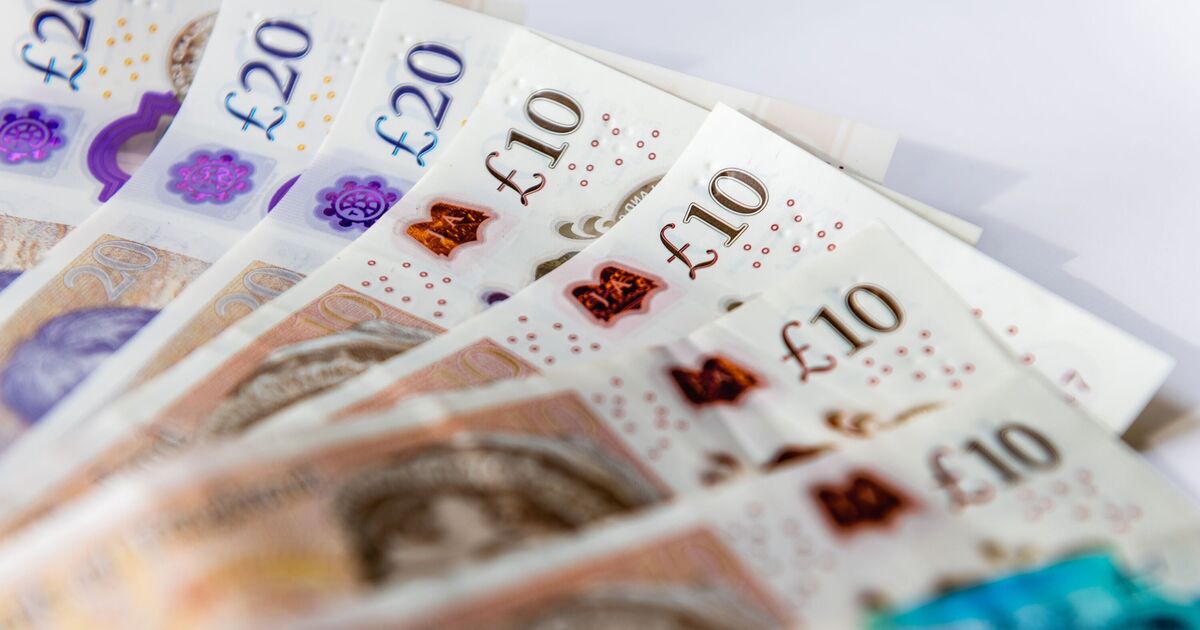The 10 most valuabe currencies in the world have been revealed, and the British pound does not even make the top three. Currencies are valued the same way other goods and services are – based on supply and demand – which are regulated by the government through its policies.
Several factors influence this, including interest rates, inflation, a country’s economic performance, and political stability. High demand can be driven by various factors, such as increased interest rates, a strong economy, or positive investor sentiment. On the other hand, a country’s currency might depreciate if there’s a surge in demand for foreign currencies, for example, to purchase imported goods.

Surprisingly, the US dollar is 10th on the list, despite being the most traded currency in the world.
It’s used to price commodities and is one of the world’s largest reserve currencies. The US economy is also the largest on the planet in terms of GDP, with many of its banks being world leaders.
However, a currency’s strength is based on factors such as supply and demand in the foreign exchange market, ultimately placing the US dollar last on this list.
(Image: Getty)

Like the US dollar, the euro is one of the biggest reserve currencies in the world.
The currency is also heavily influenced by many factors as it’s been adopted by 20 members of the EU, all of which have their own economic policies.
The European Central Bank oversees monetary police and price stability, carefully managing inflation to ensure the euro is stable and reliable.
(Image: Getty)

The Cayman Islands dollar benefits from the territories’ zero direct taxation policy and booming tourism industry.
The islands are reliant on international banking and investments, meaning the currency remains strong.
As well as the adventageous tax policies, the British overseas territories also have a strong regulatory system and advanced banking infrastructure.
(Image: Getty)

